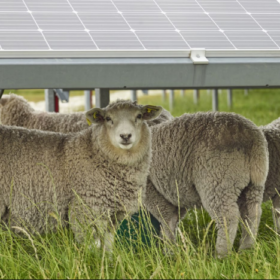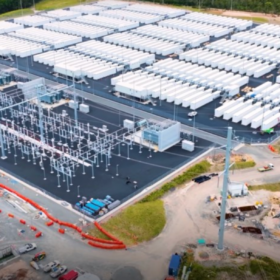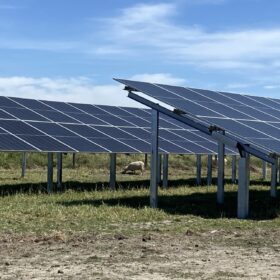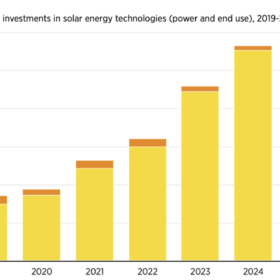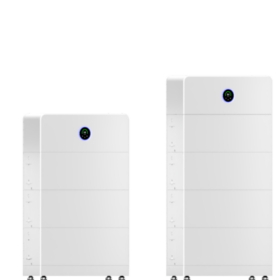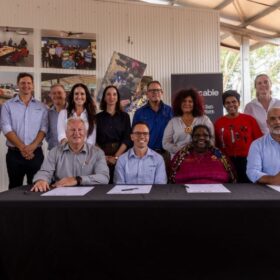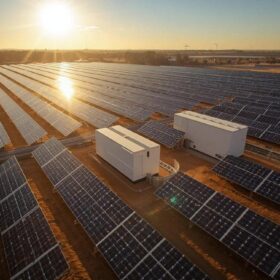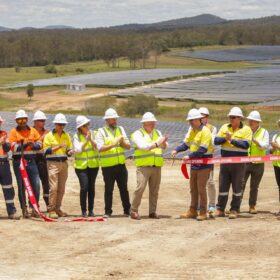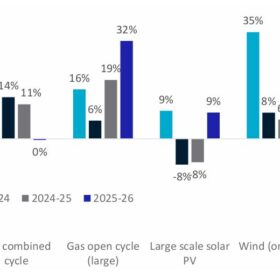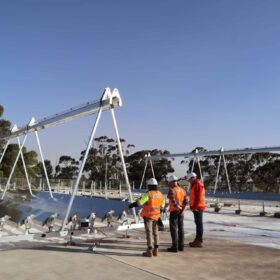New handbook guides landholders on negotiating solar hosting deals
How to negotiate fair agreements for landholders potentially hosting solar farms, such as bargaining for project designs that enable grazing or cropping, is outlined in a new handbook targeting rural and regional communities.
1414 Degrees progresses battery storage development at Aurora energy precinct
1414 Degrees is progressing the development of a battery energy storage system at the Aurora Energy Precinct in South Australia, for the joint venture SiliconAurora, and is independently developing a long duration thermal energy storage facility, with eyes on providing firmed power for data centres.
Fox ESS compact batteries heed rebate call backed by new local teams
Fox ESS is ramping up its presence in Australia with nationwide sales and techical support teams and is building local warehousing for its suite of inverters, electric vehicle chargers, and battery storage products, such as the EQ4800 and new CQ6.
South Australia installer milks the sun to power advanced robotic dairy
South Australian clean energy systems installer My Energy Engineering has powered an advanced robotic dairy with an off-grid solar array and containerised battery storage system for reliable round the clock energy.
Waratah Super Battery transformer failure raises insurance questions
A transformer failure at the 850 MW Waratah Super Battery could trigger multimillion-dollar insurance claims and project delays, illustrating how a single unit outage can escalate at one of Australia’s largest battery projects.
GPG gets federal go-ahead for Queensland solar and battery project
A 290 MW solar farm and 180 MW / 360 MWh battery energy storage system planned for Queensland’s Fraser Coast region is advancing towards construction after being given the green light by the federal government.
Unidentified buyer snaps up Gunning solar and battery project
Project developer Recurrent Energy has capped a busy couple of weeks in the Australian market with the sale of a 250 MW solar and 120 MW battery project in New South Wales to an unidentified European buyer.
IRENA says $851 billion invested in solar technologies in 2024
The International Renewable Energy Agency says solar is the only renewable energy technology where current investment levels are approaching the annual average needed through to 2030 to align with its 1.5 C pathway.
GoodWe releases new residential all-in-one storage solution
The Chinese company says that its new ESA series is available with a hybrid inverter ranging from 3 kW to 10 kW and storage capacities of 5 kWh to 48 kWh. The IP66-rated product supports an MPPT current of up to 20 A on the PV side and allows 200% PV oversizing, according to the manufacturer.
SunCable strikes deal with traditional owners to build NT solar farm
SunCable has struck a multi-million-dollar deal with traditional owners that will enable it to develop the biggest solar farm in Australia on a cattle station in the Northern Territory.
